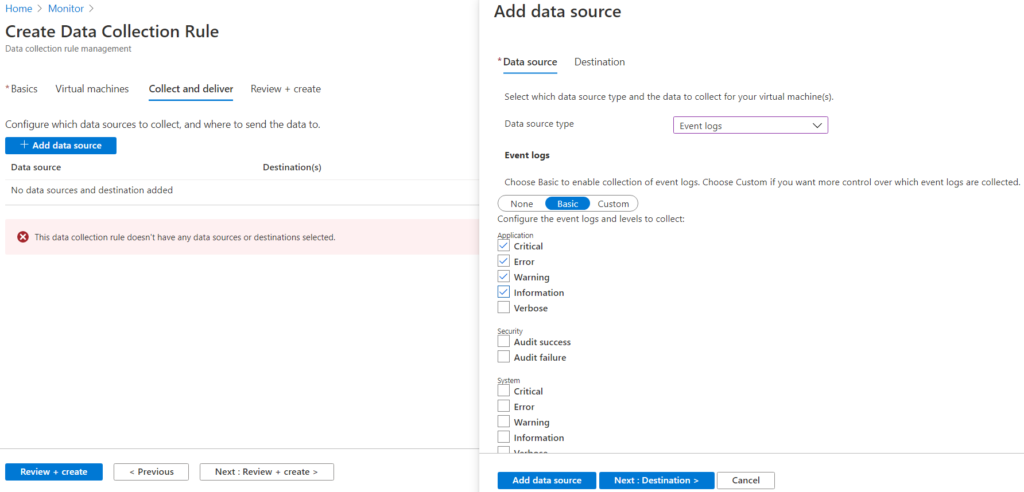The much anticipated UR3 for SCOM 2019 is out as usual available through windows update or via the packages here
This is a solid update with many useful fixes and includes the security hotfix released last month for previous versions of SCOM 2019
Improvements and issues that are fixed
Operations Console fixes and changes
- SCOM UI scaling issues for high resolution displays have been fixed to work seamlessly.
- Some IPv4 resources were being discovered as IPv6 in a cluster where both resources co-existed. This logic has been fixed to ensure IPv4 resources are no longer discovered as IPv6.
- The UR2 setup stalling issue at the “Removing backup files” stage has been fixed. The task wait time threshold has been set to 30 mins. It is also recommended to have Service Broker always enabled for smooth functioning of Operations Manager.
- The assumption of having provider element to be the first reference in the connection string has been removed in the OleDB module.
- Fixed the combo box related text issue regarding the domain of a new RunAs account getting incorrectly changed.This issue was arising when creating a new RunAs Account in the SCOM console for an account that belongs to an untrusted domain, the fix ensures that the domain of the newly created RunAs Account should remain the one initially specified during the account creation.
- Fixed the “invalid class” error that was occurring when adding a subscriber with user details having more than 1024 attributes.
- Daily aggregation of reports now takes date and time into consideration to ensure time-period calculation is accurate.
- Fixed the monitoring agent related issue around formatted strings, these are now read from the provider dlls to show a localized string.
- Fix has been provided for when the monitor erroneously turns critical due to the URL module incorrectly parsing the charset header value.
Web Console fixes and changes
- The security issue regarding reverse tab nabbing has been fixed in the operations manager web console.
- Fixed the filter issue that occurred when state view was created in “My Workspace” in the web console.
- Global search option for Metrics section of Performance Widget in the Web Console has been fixed.
Other Fixes:
- Updating Management Groups with a shared Data Warehouse to UR2 sometimes lead to issues with reports deployment. This is now fixed by restricting Installation of sealed MP with same version in the Data Warehouse.
- Migrate SSL Admin certificates to Microsoft PKI – Pinning Thread for Agents
- Fixed the issue that was occurring when the UR2 SQL patch is executed again on a previously patched database.
- The deadlock issues arising when SCOM agents are put into maintenance mode using SCOM API with parallelism have been resolved by adding indexes and updating the SQL queries.
- Performance improvement of the DB function fn_ManagedEntityLifetimeDependency.
- Updated the scoping logic used in some State View queries and Console Cache Refresh queries for performance improvement.
- Added “Recompile” flag for sprocs “p_SelectForTypeCache” and “p_SelectForNewTypeCache” for SCOM perf improvement.
Unix/Linux/Network monitoring fixes and changes:
- The issue with SSH call failure leading to memory corruption has been fixed .
- Fixed a thread race condition that was leading to Linux script based monitoring fails due to child process that failed to start.
- Fixed an infinite loop condition, which was leading to the 100% CPU related issue.
- The issue of the MonitoringHost.exe process crashing on the Management Servers that run the Unix/Linux workflows has been fixed.
- Fixed the memory leak inside of the WsMan modules when UseMIAPI is enabled with workflows that have SplitItems set to TRUE for the EnumerateAsWA WriteAction.
![]()


















